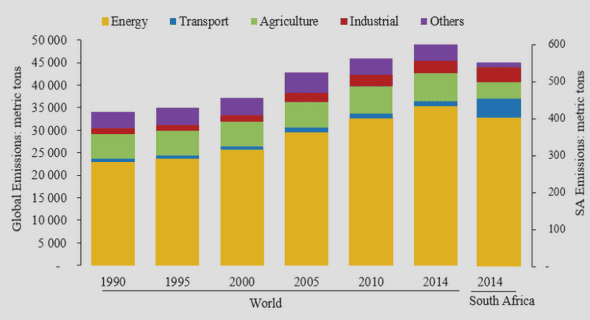(Downloads - 0)
For more info about our services contact : help@bestpfe.com
Table of contents
Introduction
1 Spin squeezing for metrology
1.1 Atomic clocks and clock stability
1.1.1 Basic notions
1.1.2 Trapped-atom clocks and TACC
1.1.3 Clock stability
1.2 Concepts of spin squeezing
1.2.1 Surpassing SQL with spin-squeezed state
1.2.2 Overview of spin-squeezing generation
1.3 Spin squeezing in cavity-quantum electrodynamics
1.3.1 Real-world cavities
1.3.2 Cavity-QED in the dispersive regime
1.3.3 Squeezing by QND measurement
1.3.4 Squeezing by cavity feedback
2 Experimental methods
2.1 Setup
2.1.1 Atom chip assembly
2.1.2 Vacuum system
2.1.3 Optical system
2.1.4 Magnetic fields
2.2 Cold atom preparation and interrogation
2.2.1 Laser cooling and optical pumping
2.2.2 On-chip transport of atoms
2.2.3 Evaporative cooling
2.2.4 The clock trap
2.2.5 Interrogation photons
2.2.6 Interrogation pulse tuning
2.2.7 Absorption imaging
2.3 Cavity probing and stabilisation
2.3.1 Cavity parameters
2.3.2 Laser scheme and setup
2.3.3 PDH lock with minimum intra-cavity power
2.3.4 Digital filter cancelling mechanical resonances
2.3.5 Feed-forward targeting the thermal drift
2.3.6 Locking “without” light
3 A highly stable cavity-QED platform
3.1 Clock stability analysis
3.1.1 Detection noise
3.1.2 Dick effect
3.1.3 Atom number fluctuation
3.1.4 Magnetic and temperature fluctuations
3.1.5 Ramsey Contrast
3.1.6 Preliminary stability results
3.1.7 Prospects with spin-squeezed states
3.2 Characterisation of the atom-cavity coupling
3.2.1 Vacuum-Rabi splitting
3.2.2 Cavity shift in the dispersive regime
3.2.3 Atom-cavity alignment
3.2.4 Intra-cavity optical lattice
4 Spin squeezing by measurement
4.1 Inhomogeneous coupling and decoherence
4.1.1 Phase shift by cavity probe
4.1.2 Monte-Carlo simulations
4.1.3 Contrast and phase measurements
4.2 Composite measurements
4.2.1 Spin echo
4.2.2 Composite pulse
4.2.3 Coherence measurements
4.3 Conditional spin squeezing
4.3.1 Measurement uncertainty
4.3.2 Spin noise estimation
4.4 Squeezing by cavity feedback
4.5 Outlook
4.5.1 Squeezing lifetime
4.5.2 Alternative inhomogeneous-light-shift compensation
5 Quantum amplification by ISRE
5.1 Identical spin rotation effect (ISRE)
5.1.1 Basic principles
5.1.2 An intuitive picture with atoms in two energy classes
5.1.3 Experimental signatures
5.1.4 Mean-field kinetic equation
5.1.5 Observation of ISRE via motional energy
5.2 Interplay between ISRE and cavity measurements
5.2.1 Origin: inhomogeneous coupling
5.2.2 Cavity shift in a continuous probing
5.2.3 ISRE triggered by a probe pulse
5.2.4 Dynamics in motional energy sensed by cavity shift
5.3 Amplification of quantum fluctuations
5.3.1 Experimental observations
5.3.2 Simple model with two energy classes
5.3.3 Simulation using classical spins
5.3.4 Circumventing the amplification
5.3.5 Future work
Conclusion and outlook



